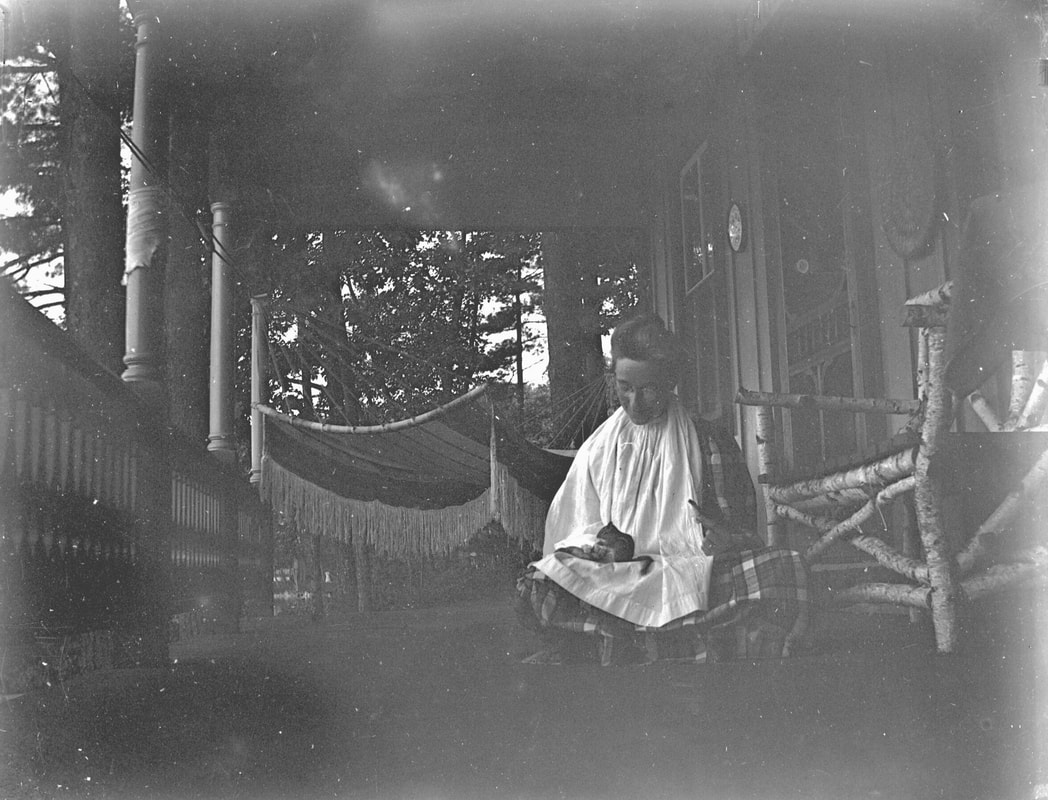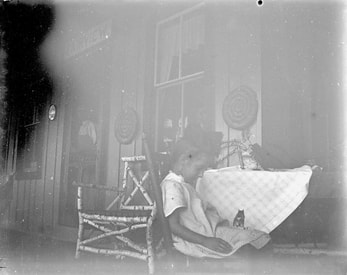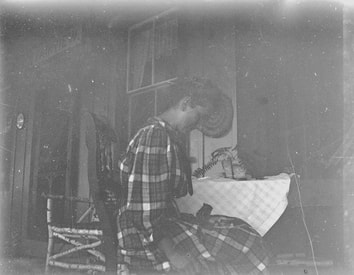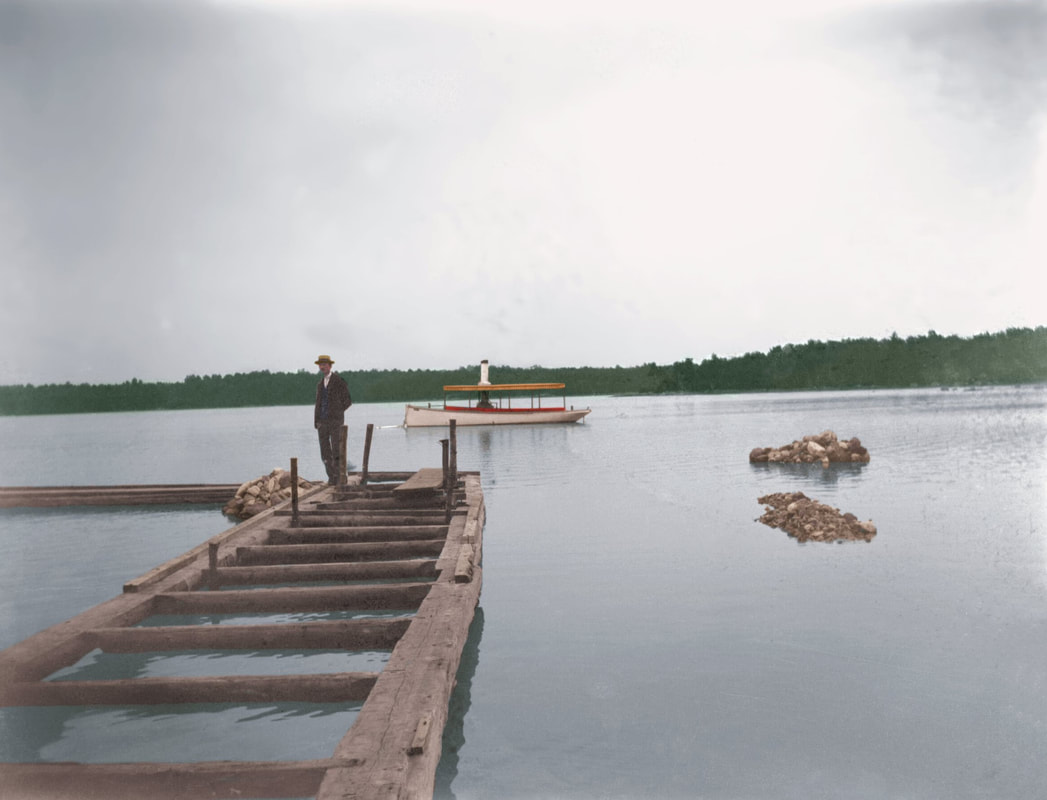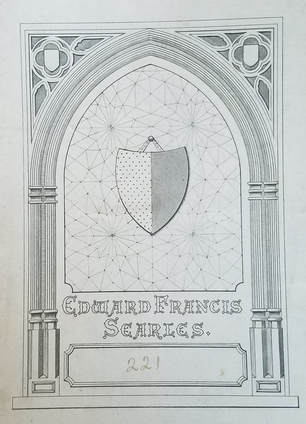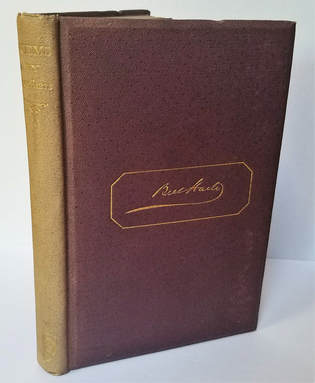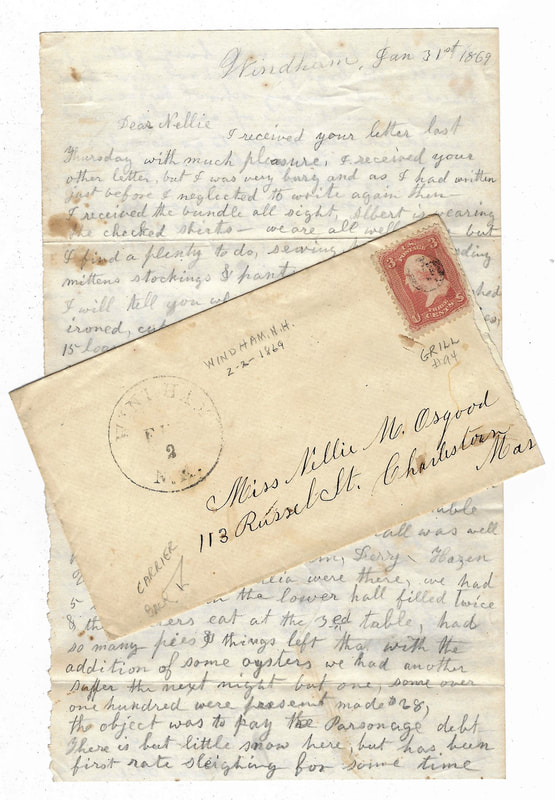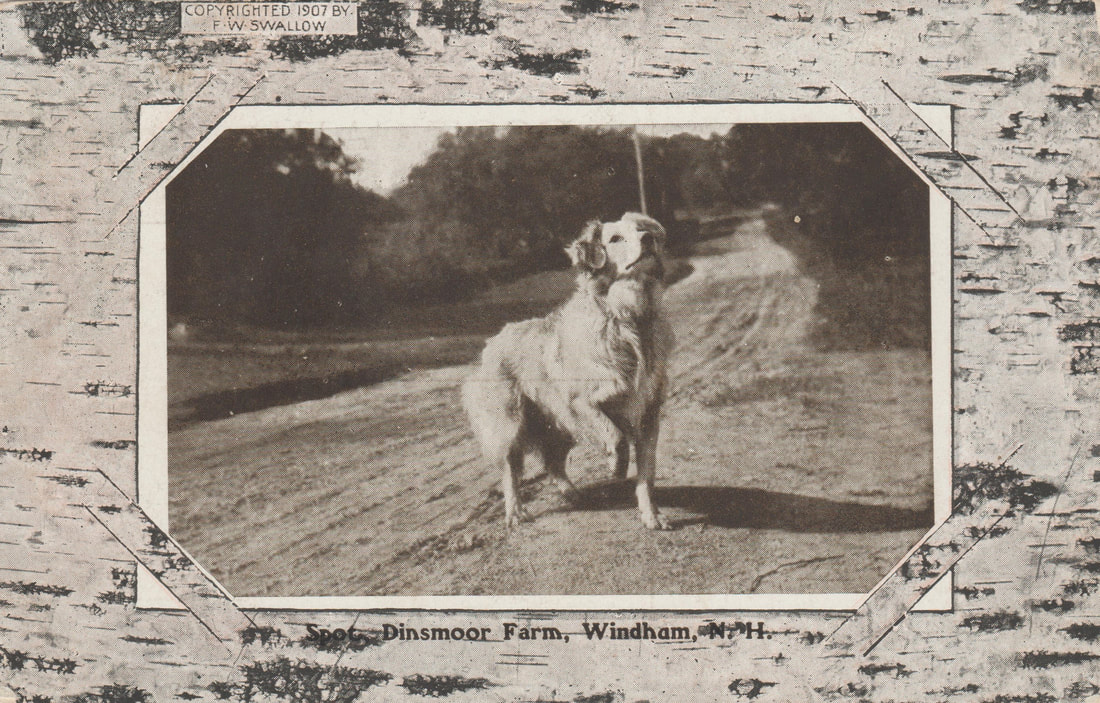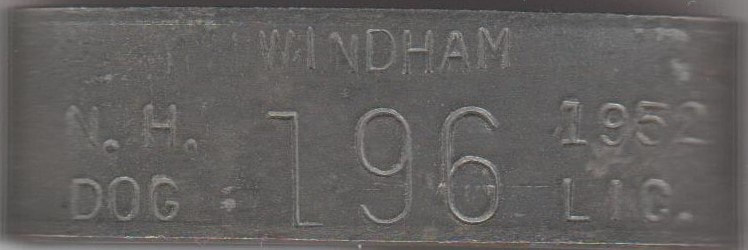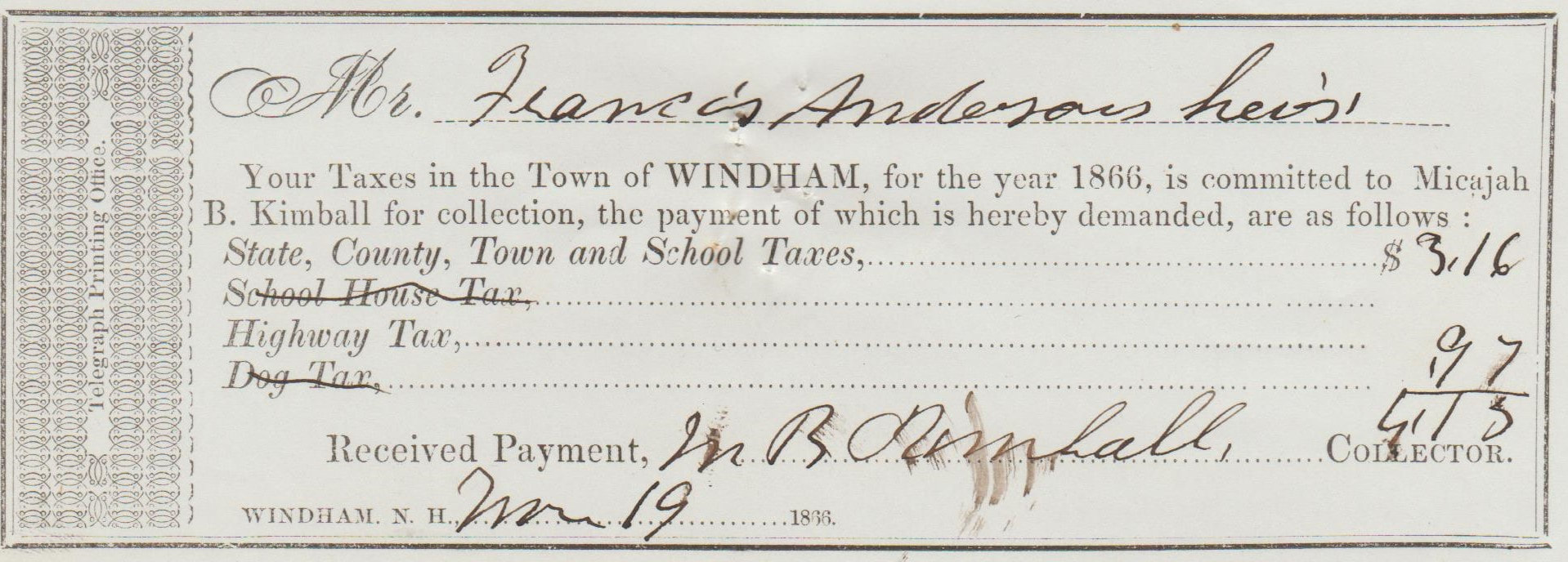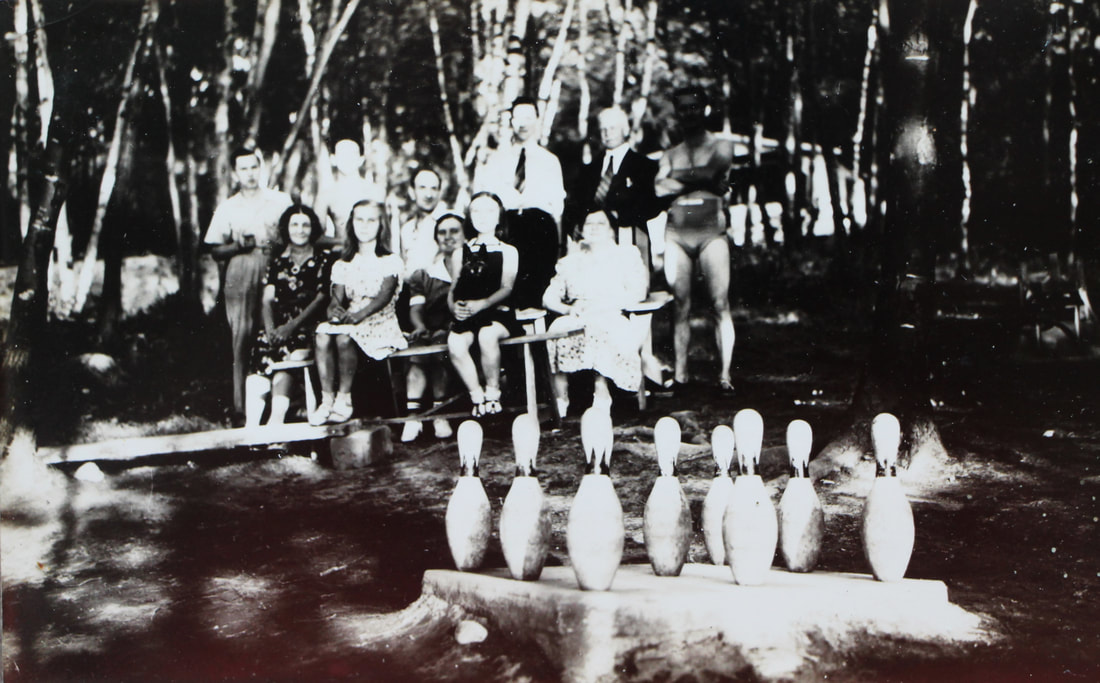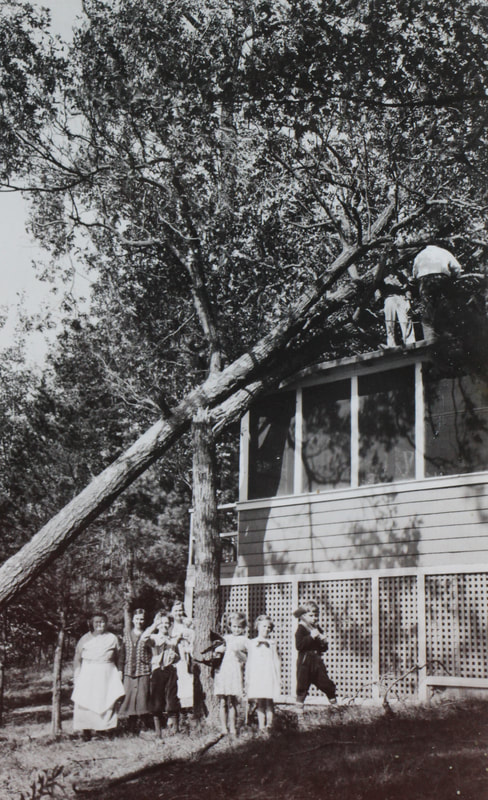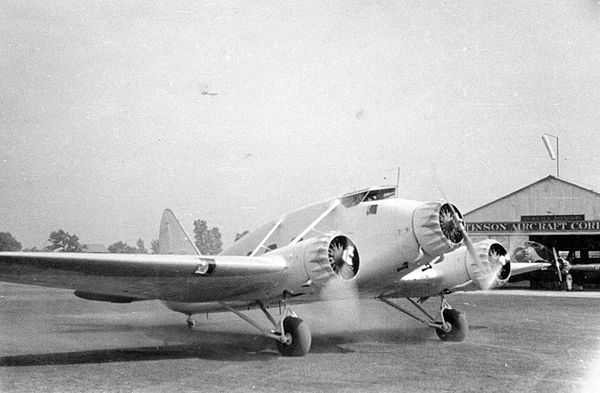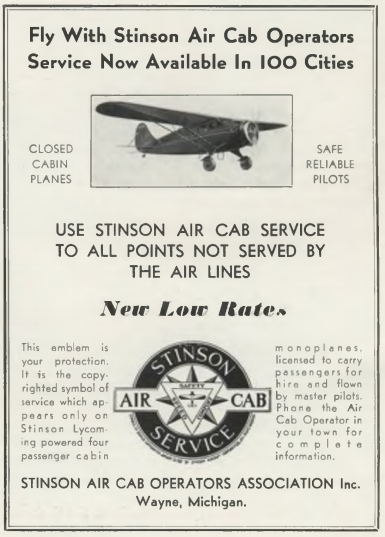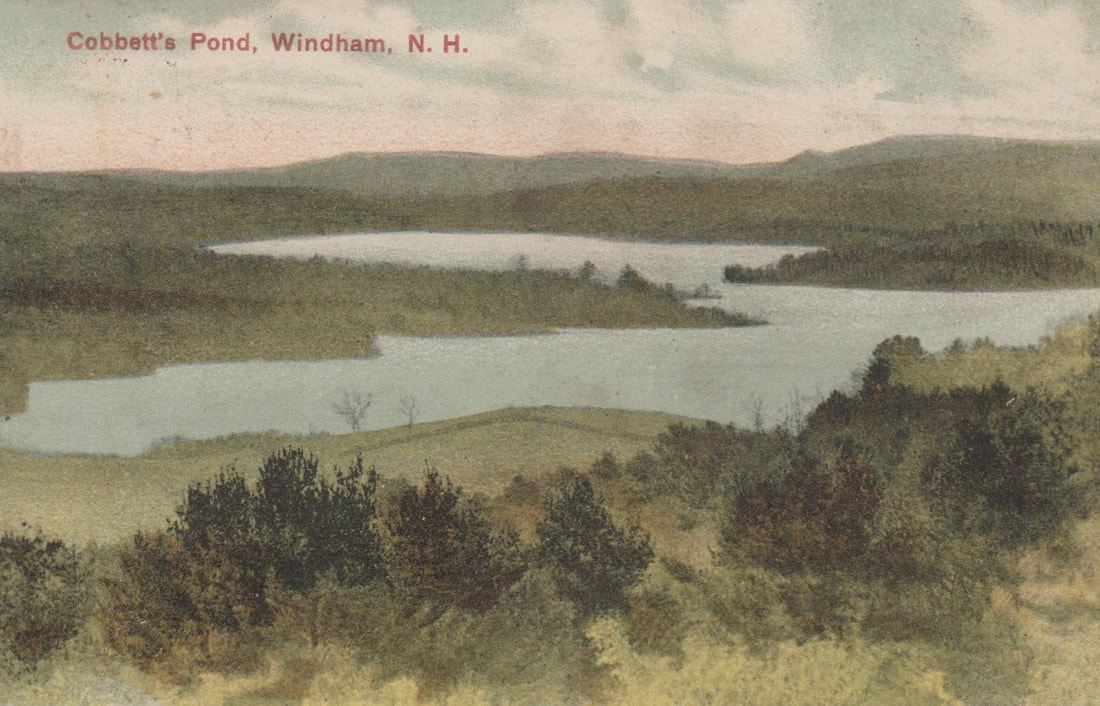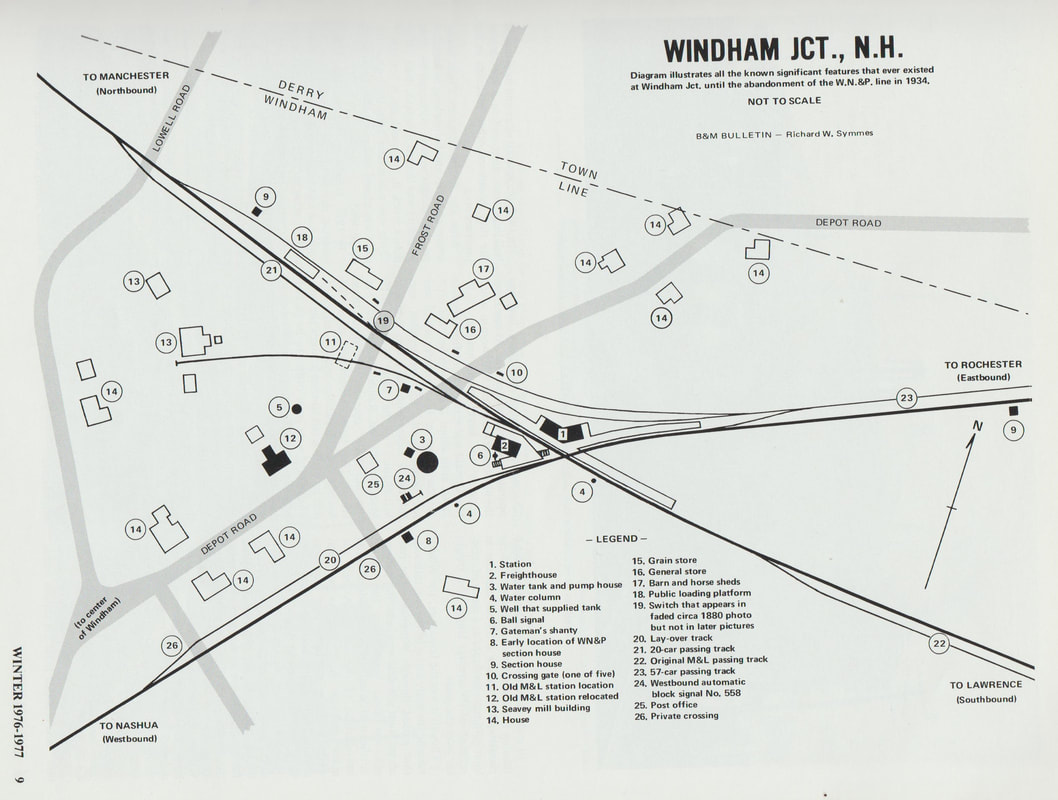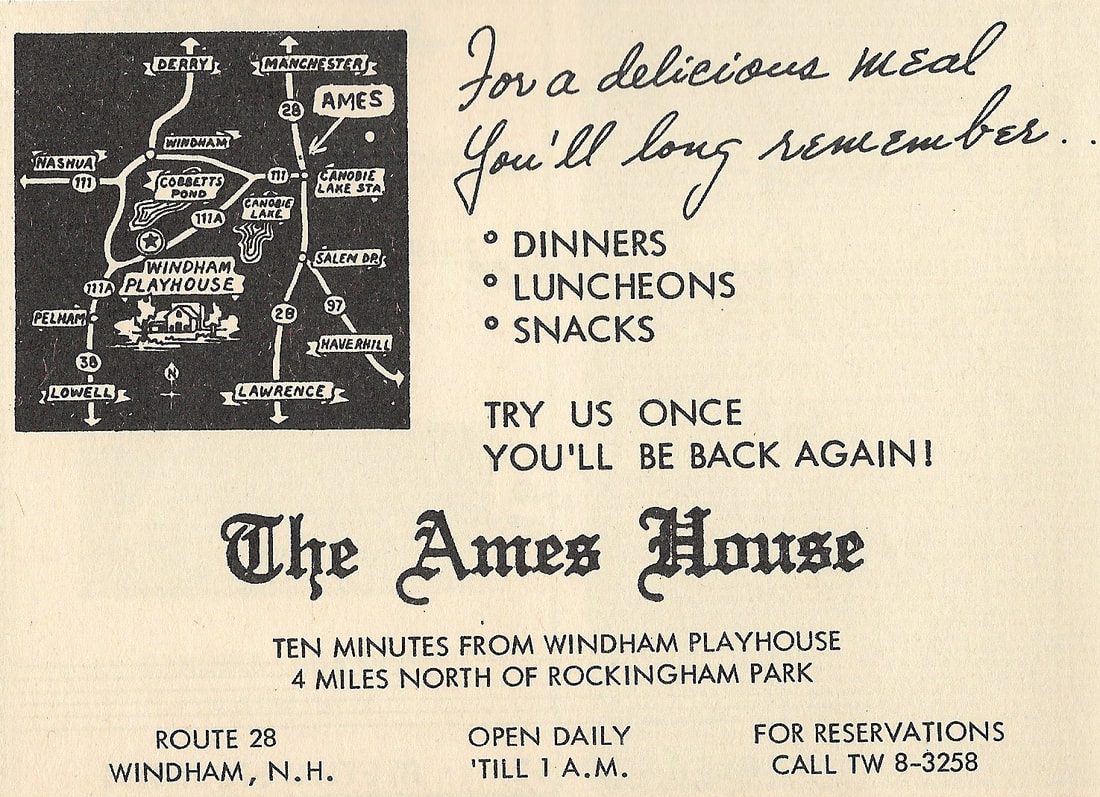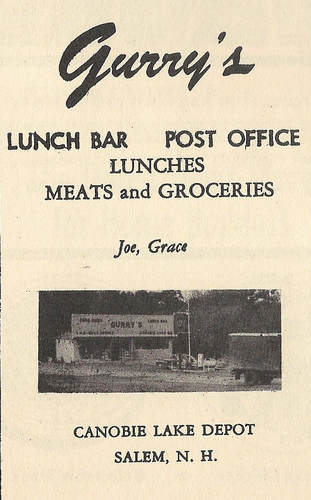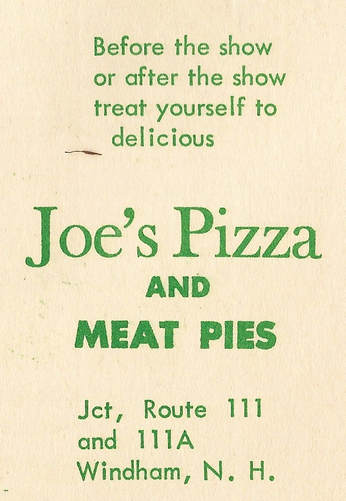"There are and always will be multitudes of people to whom no spot is so dear in summer and so conducive to rest and recuperation of body and mind tired with the hustle of city life and the rush and worry of business cares, as the quiet nook on the shore of some of New Hampshire's numerous lakes and ponds, or the breezy hilltop overlooking these gems of landscape."
Around 1904, one family, whose name has been unfortunately lost to history, found themselves taken by exactly what Harris had described, and rented the Fairview Cottage. The family, with their several children, spent beautiful summer days relaxing on the front porch of the cottage, with a great view of the pond. On one such day, a chipmunk was friendly enough to find it's way into the laps, and hearts, of the vacationers, who eagerly fed the animal.
